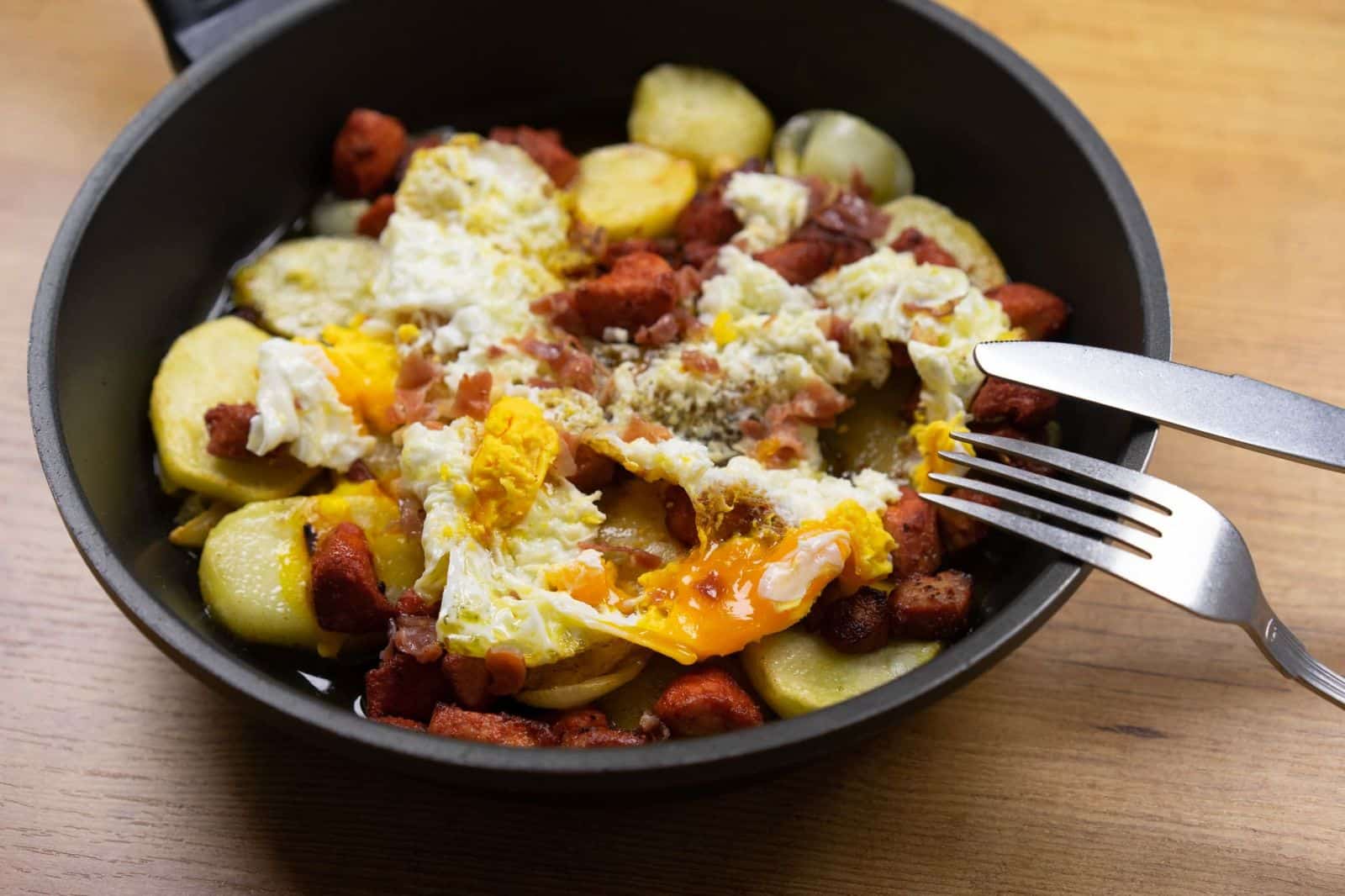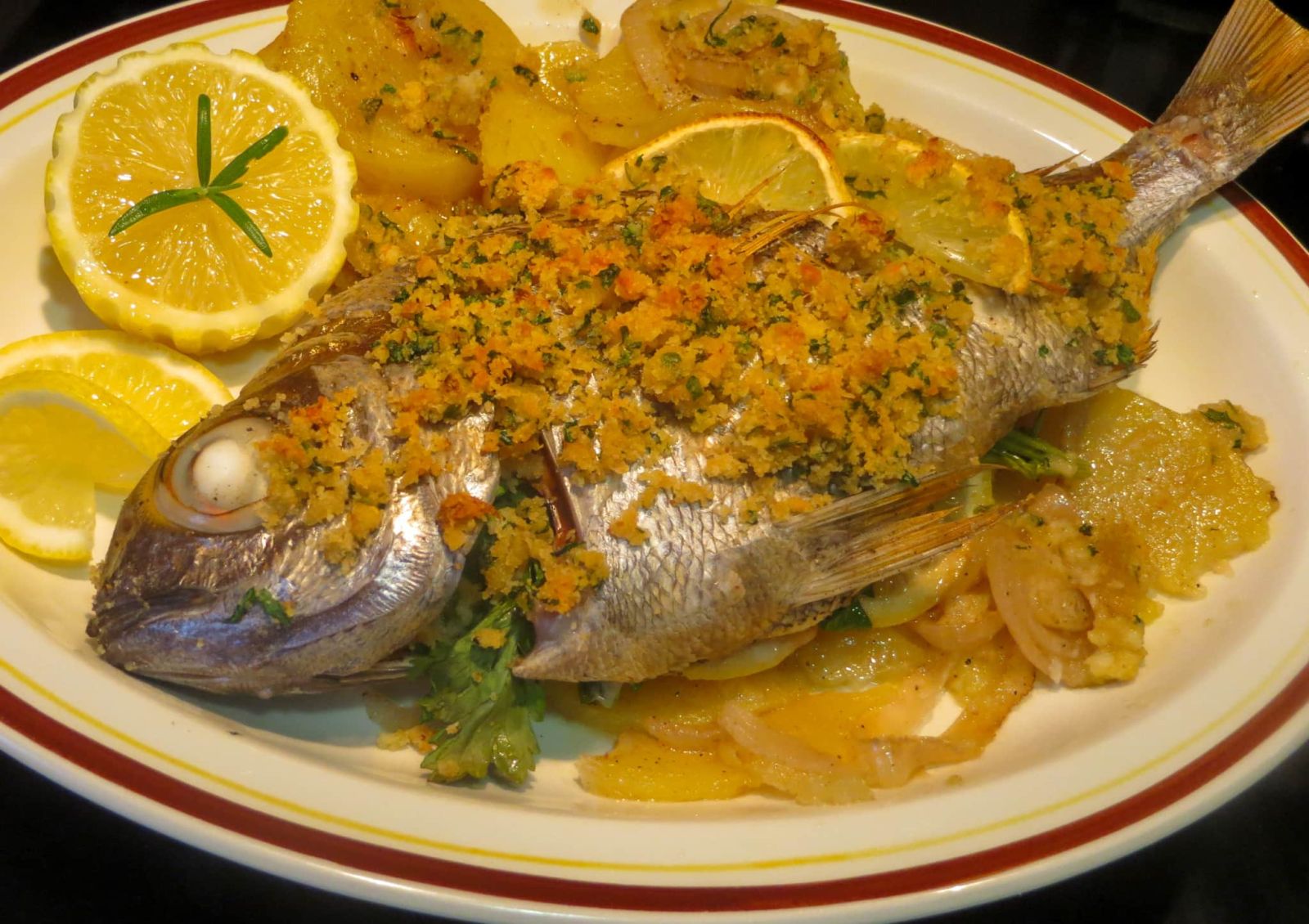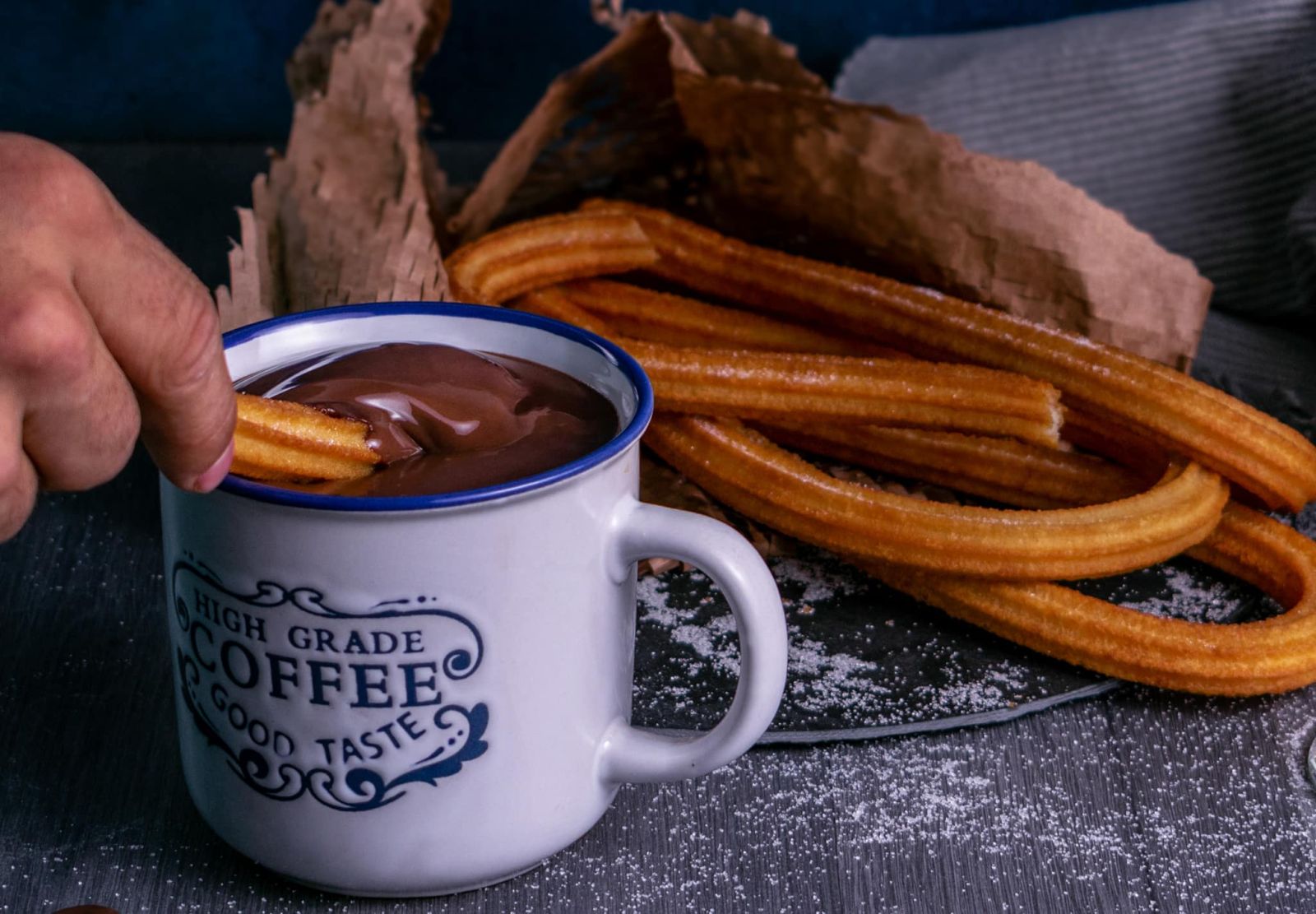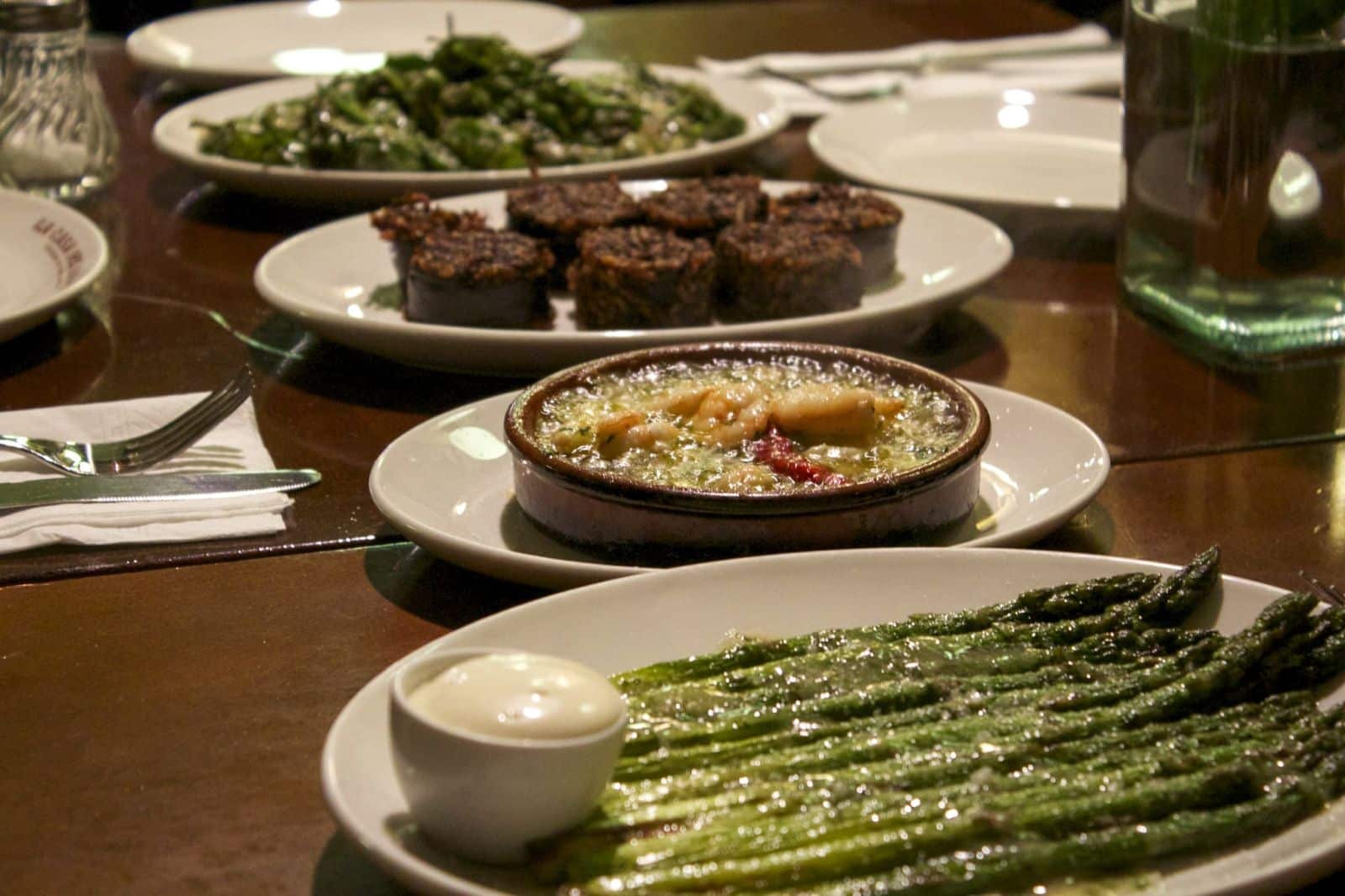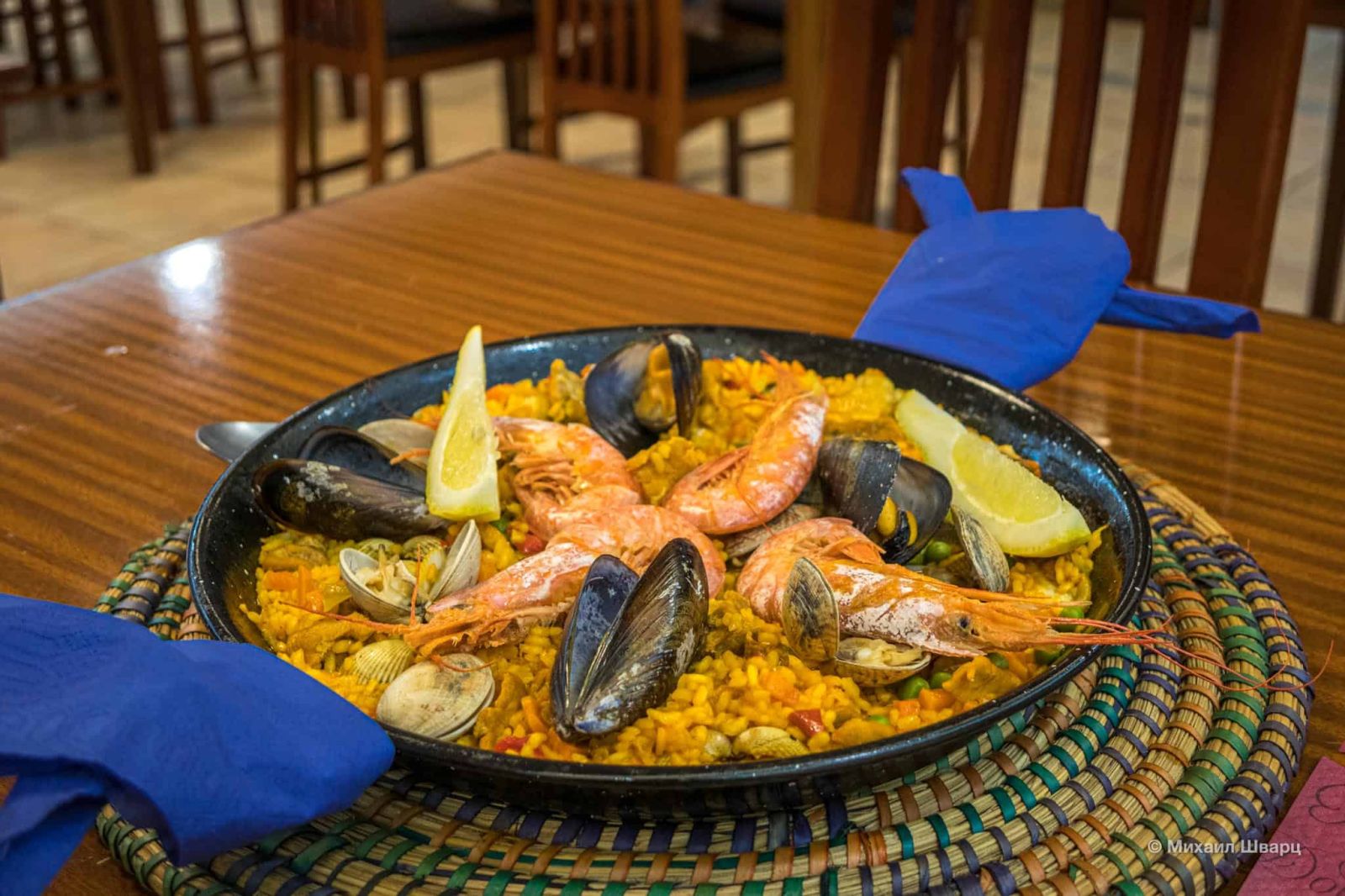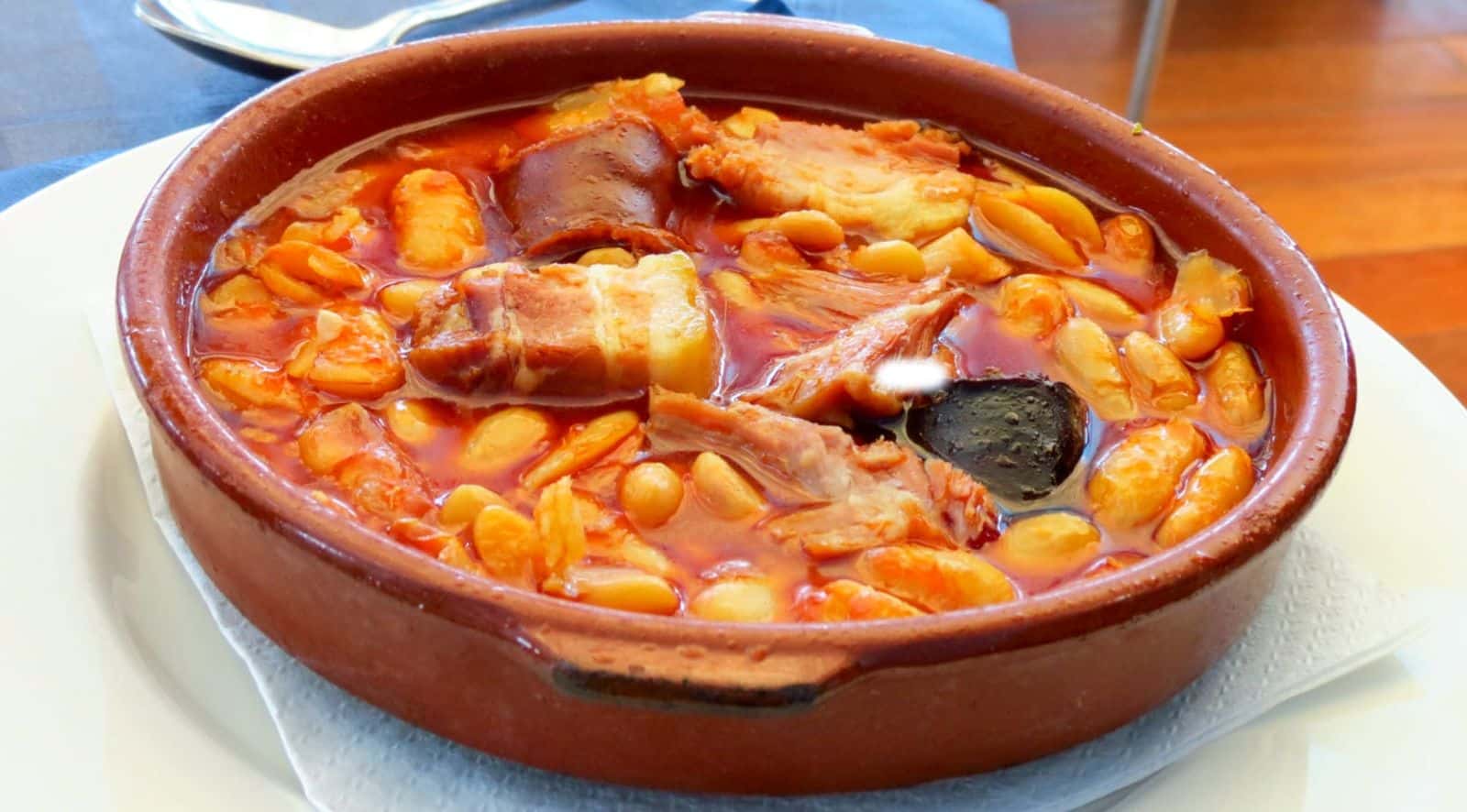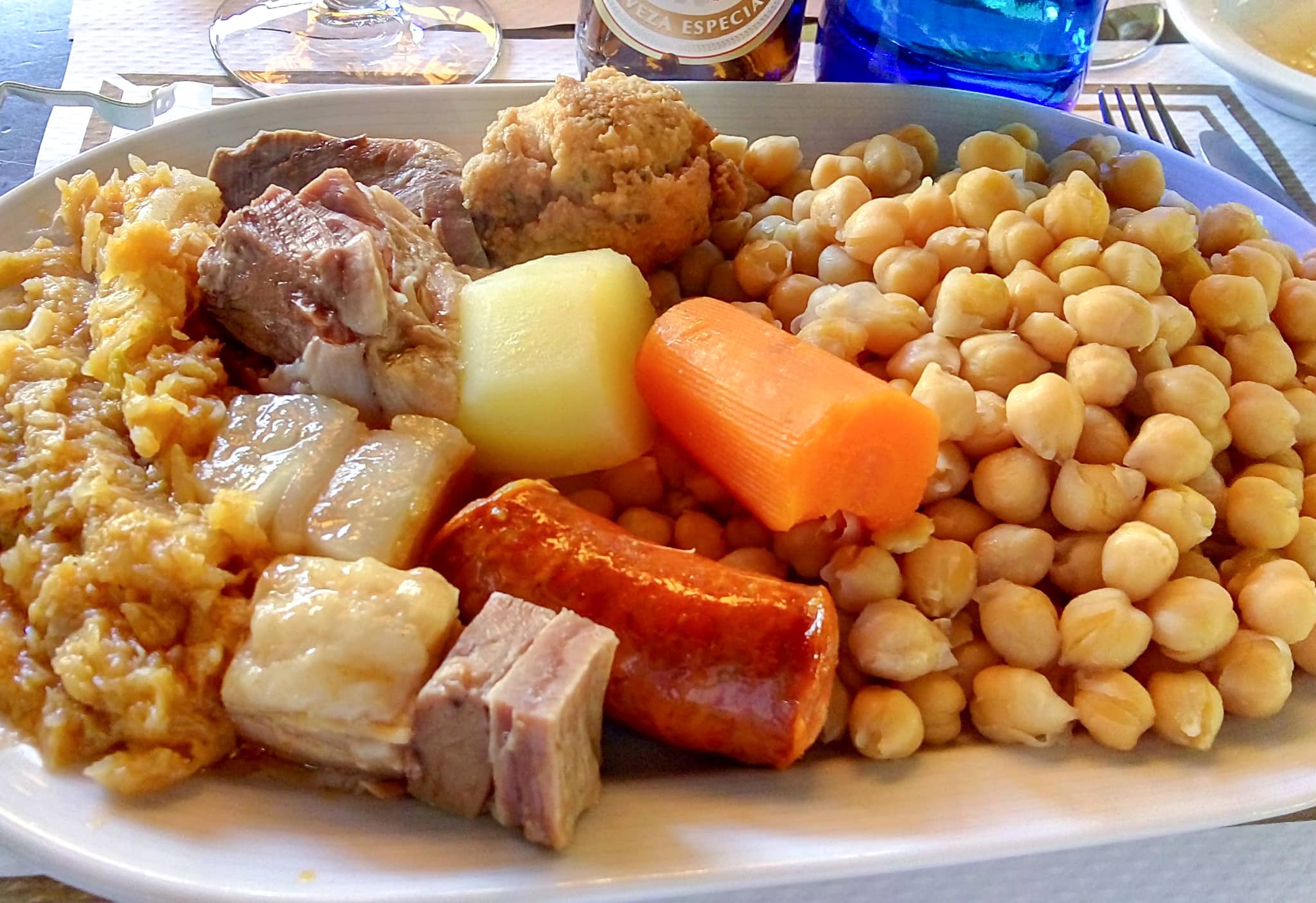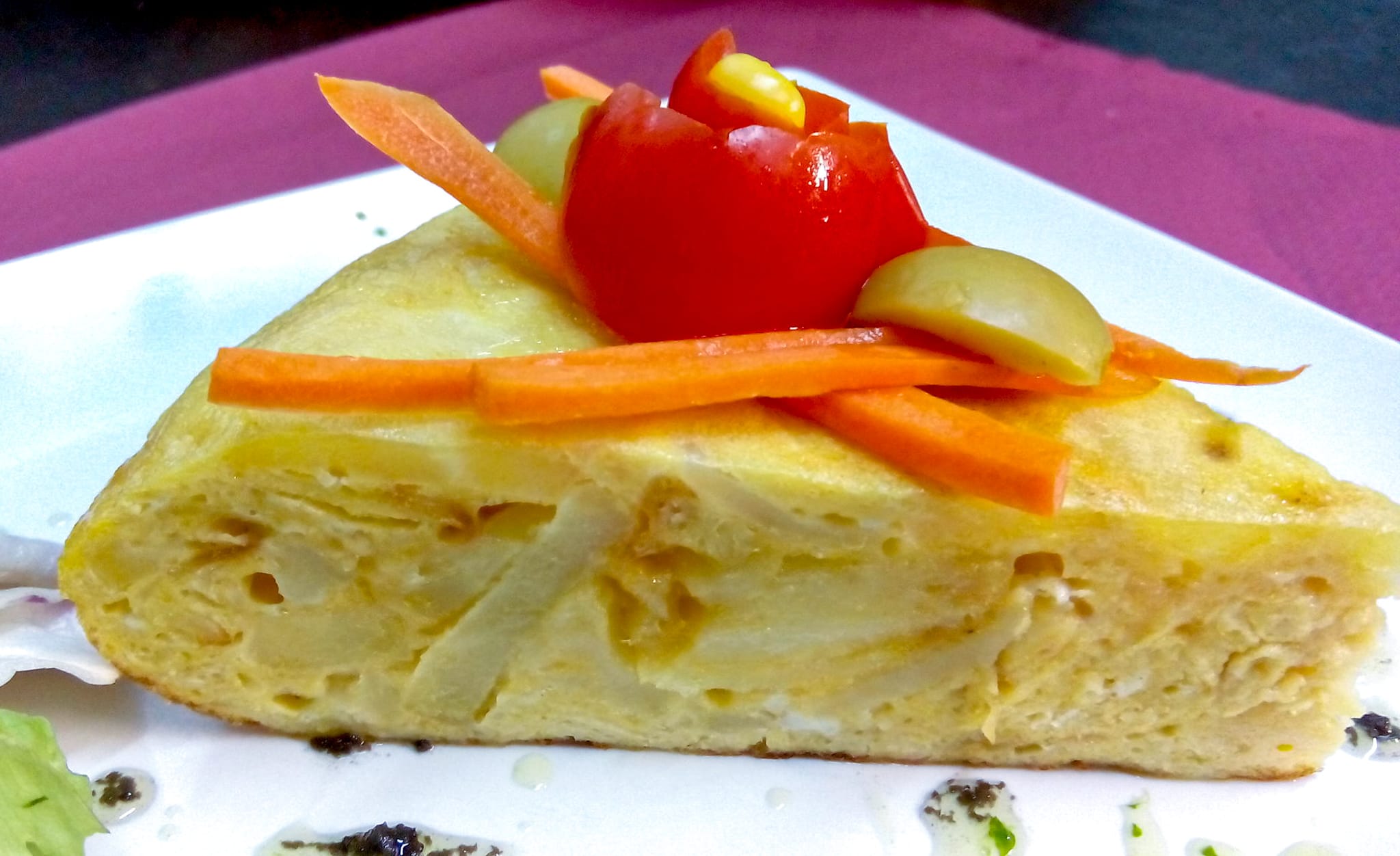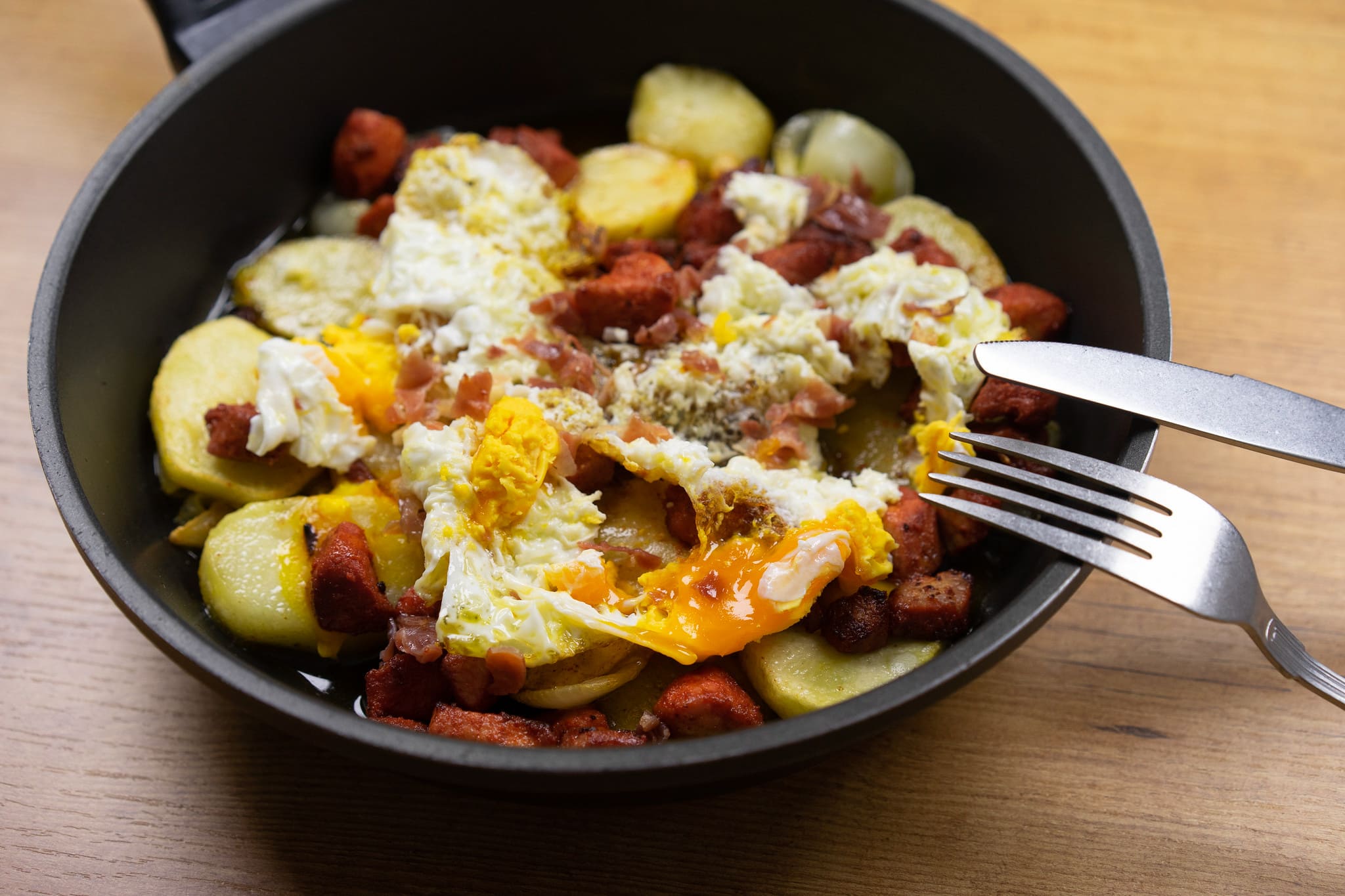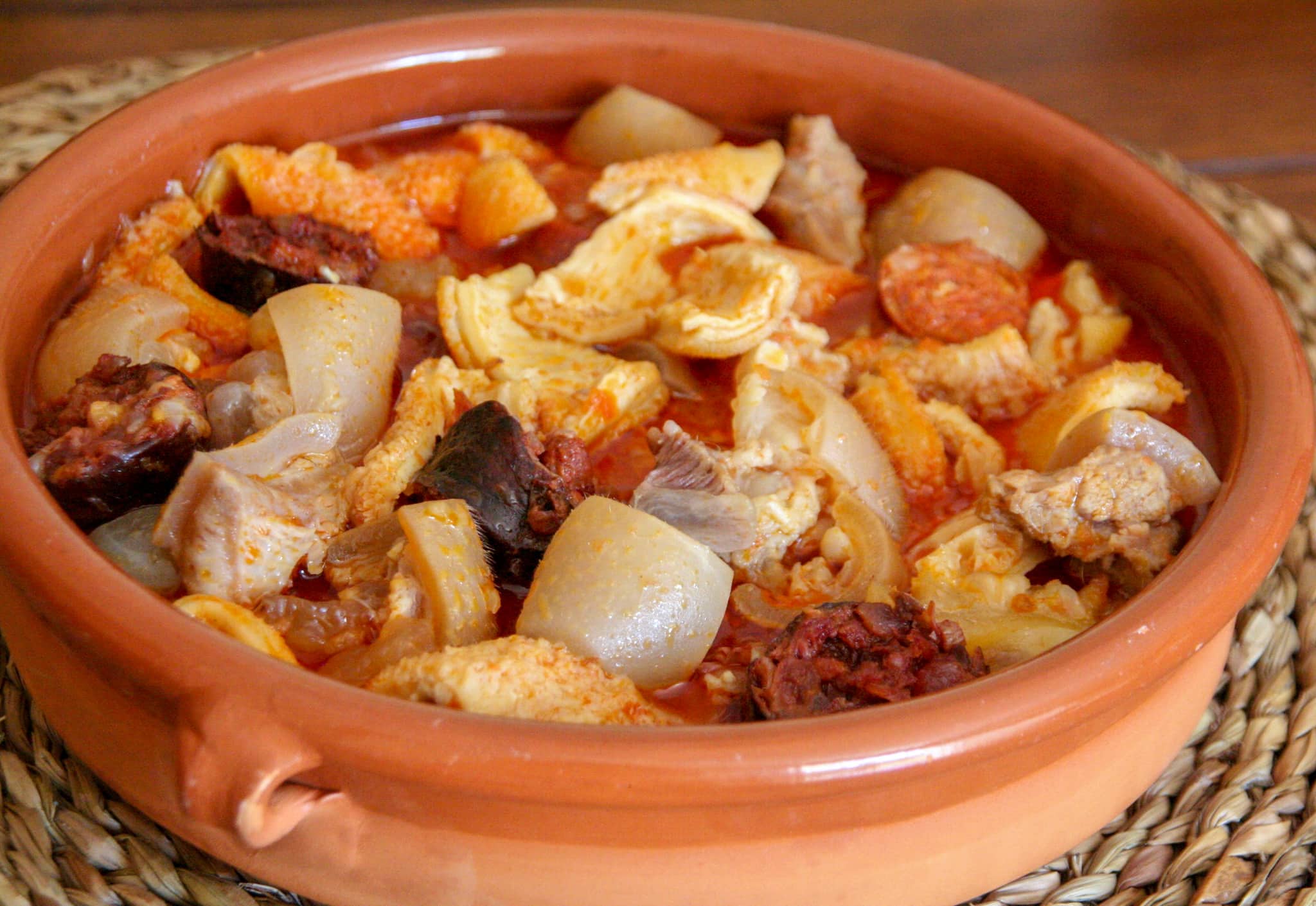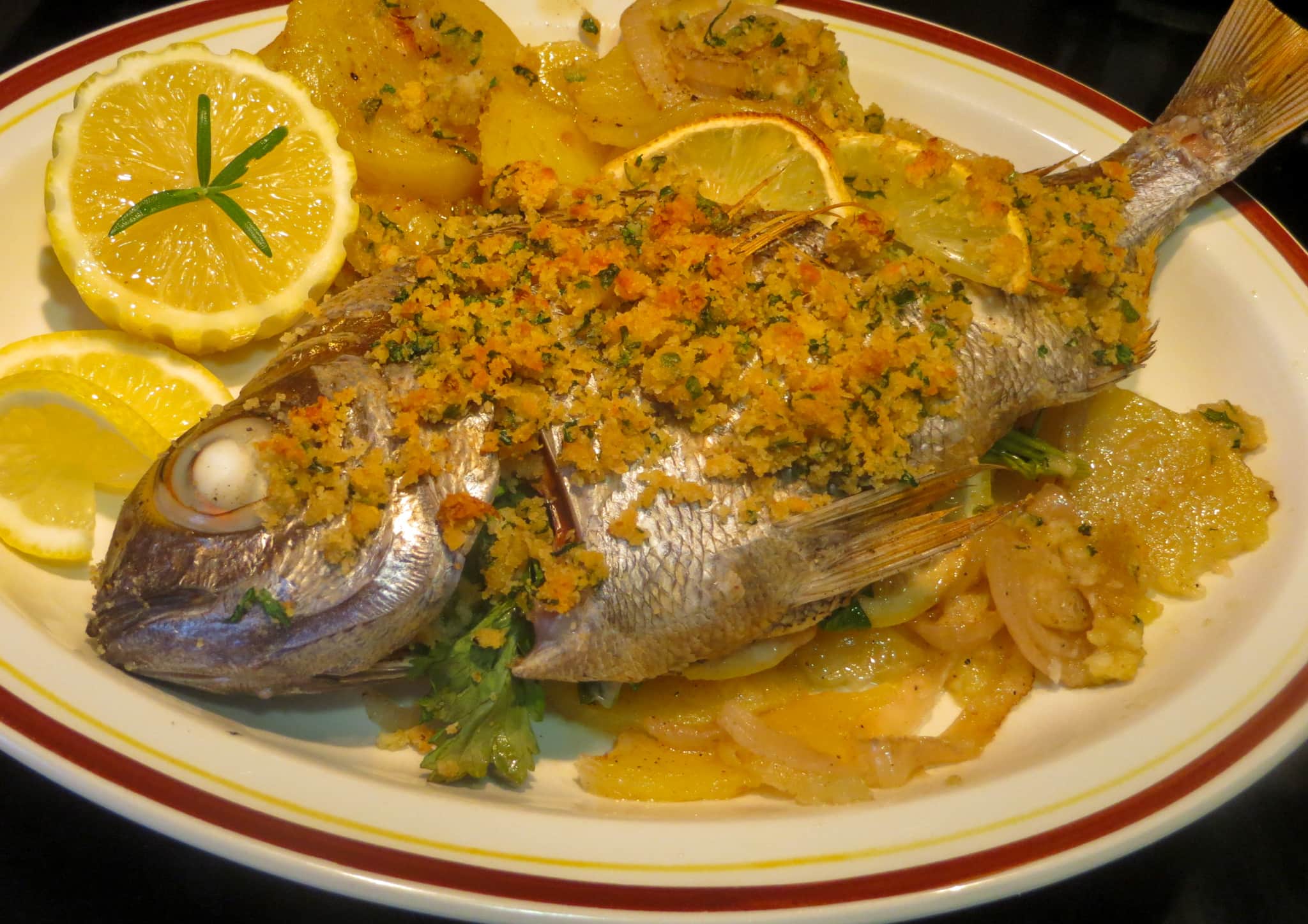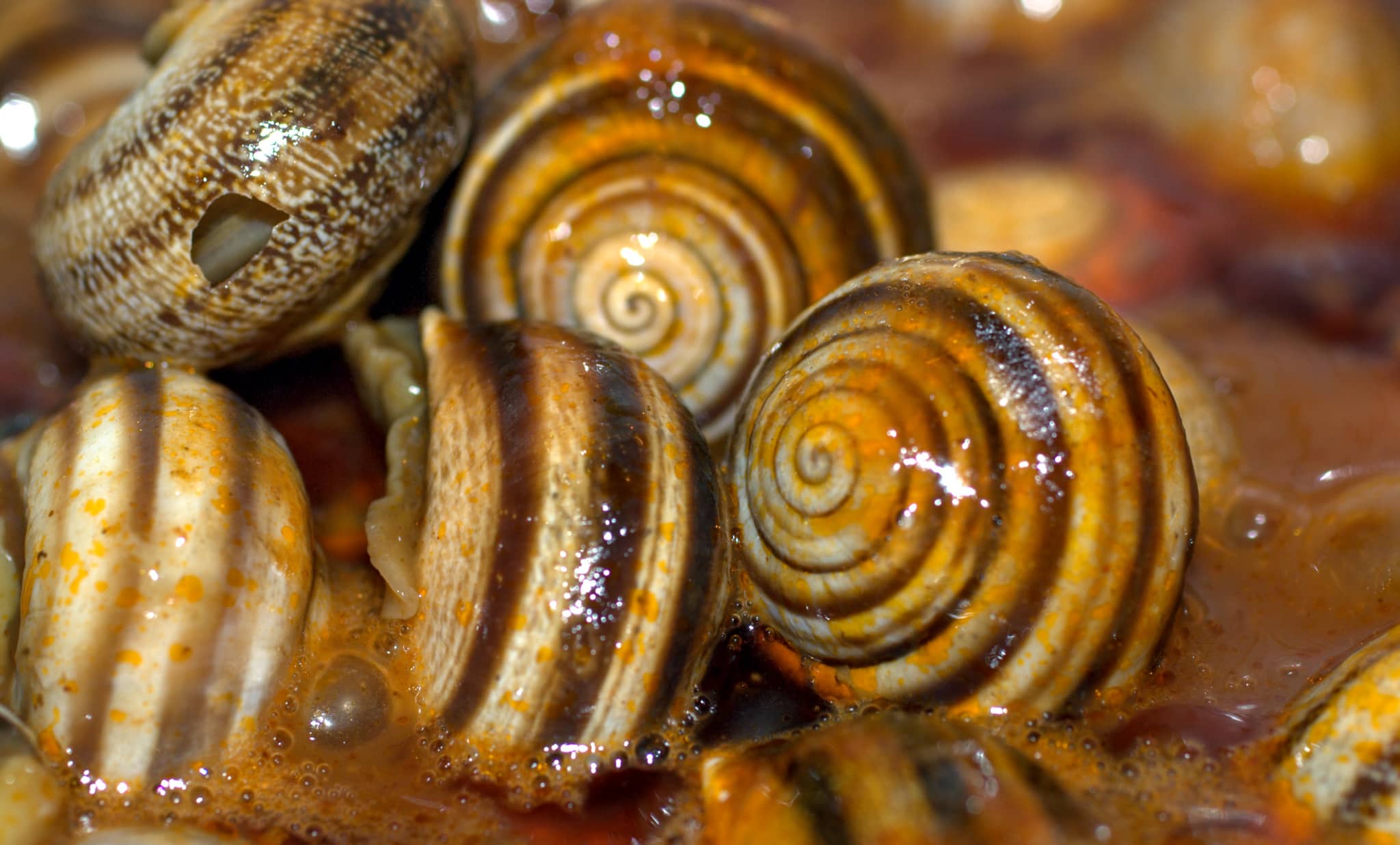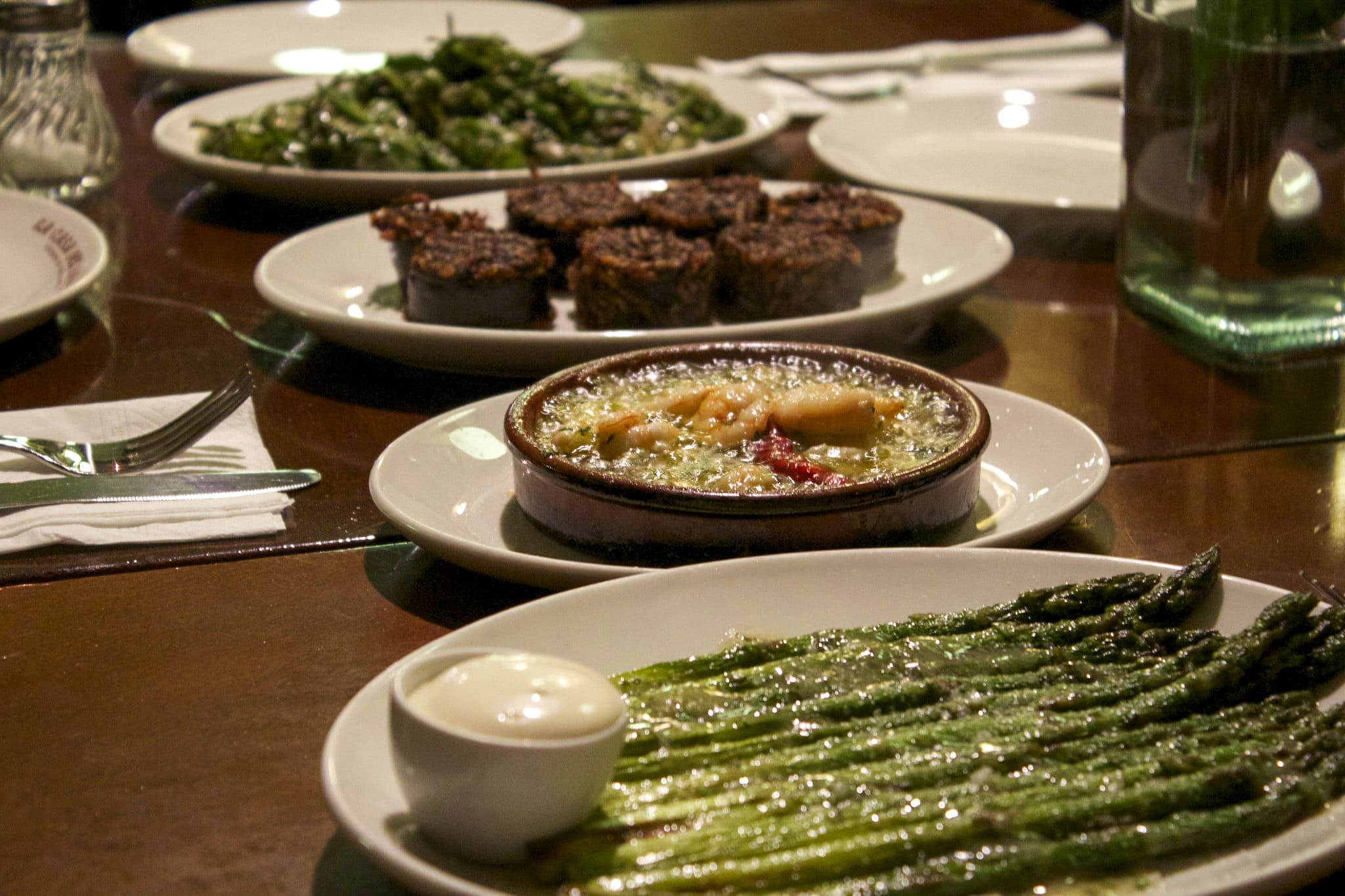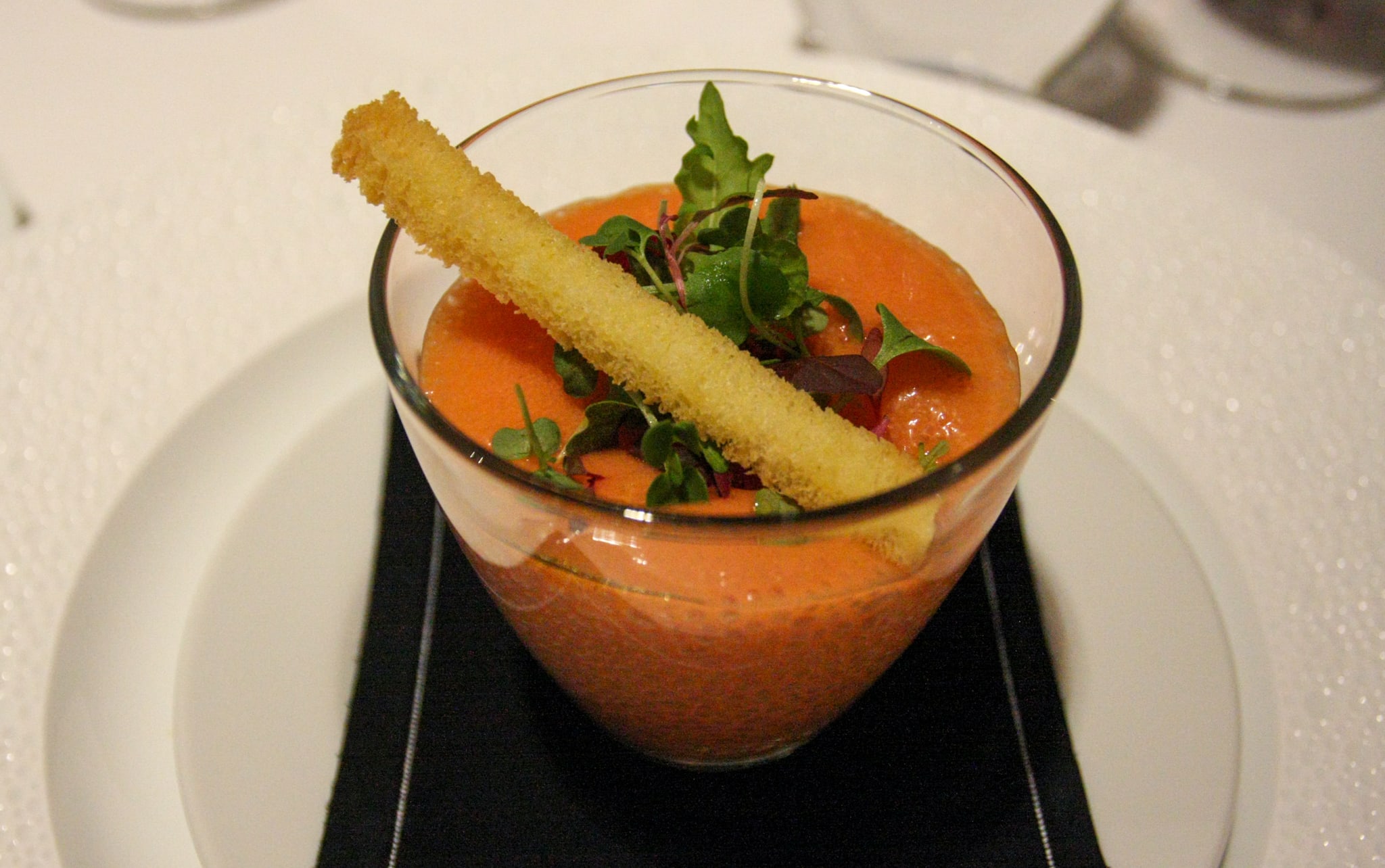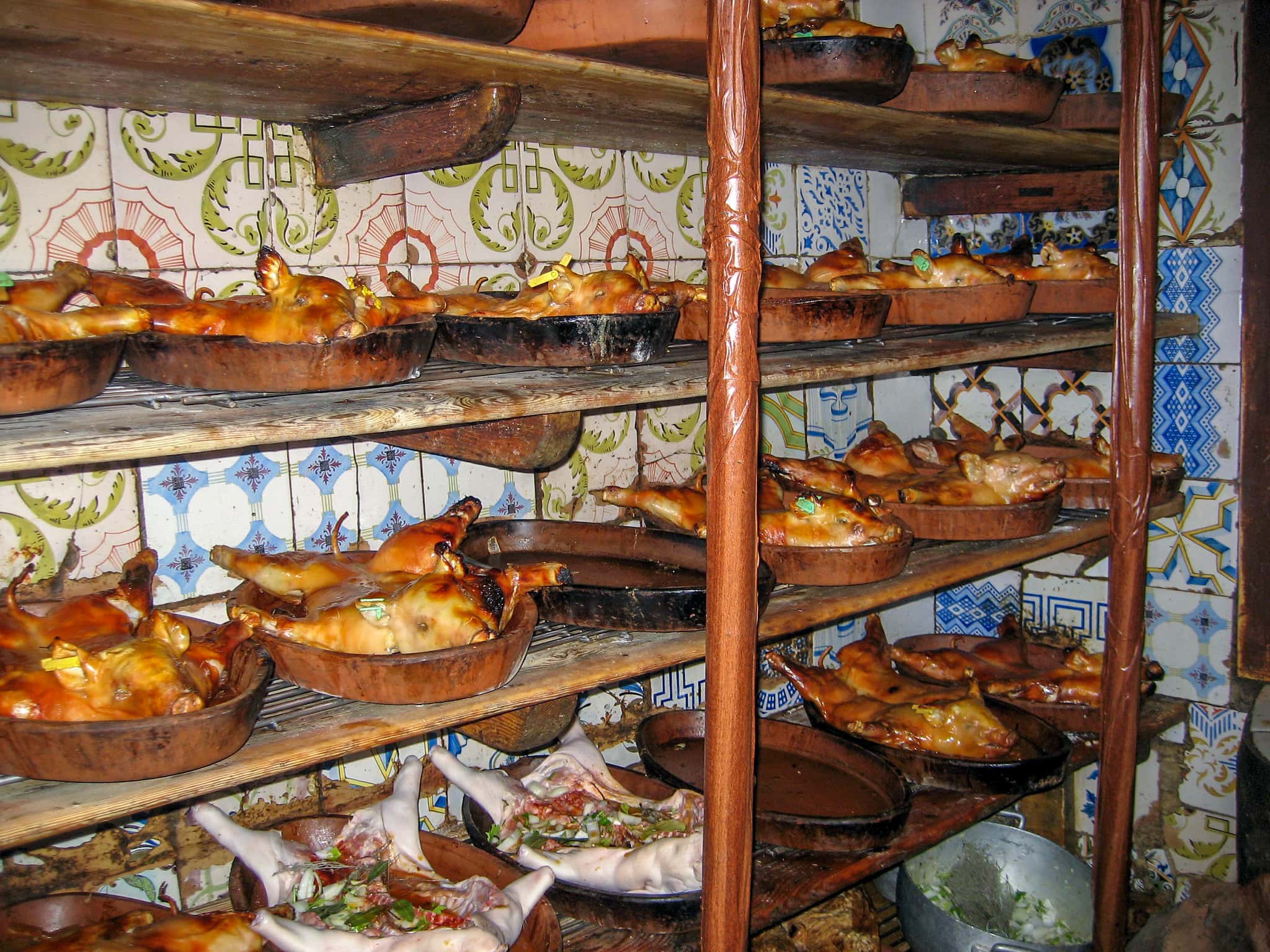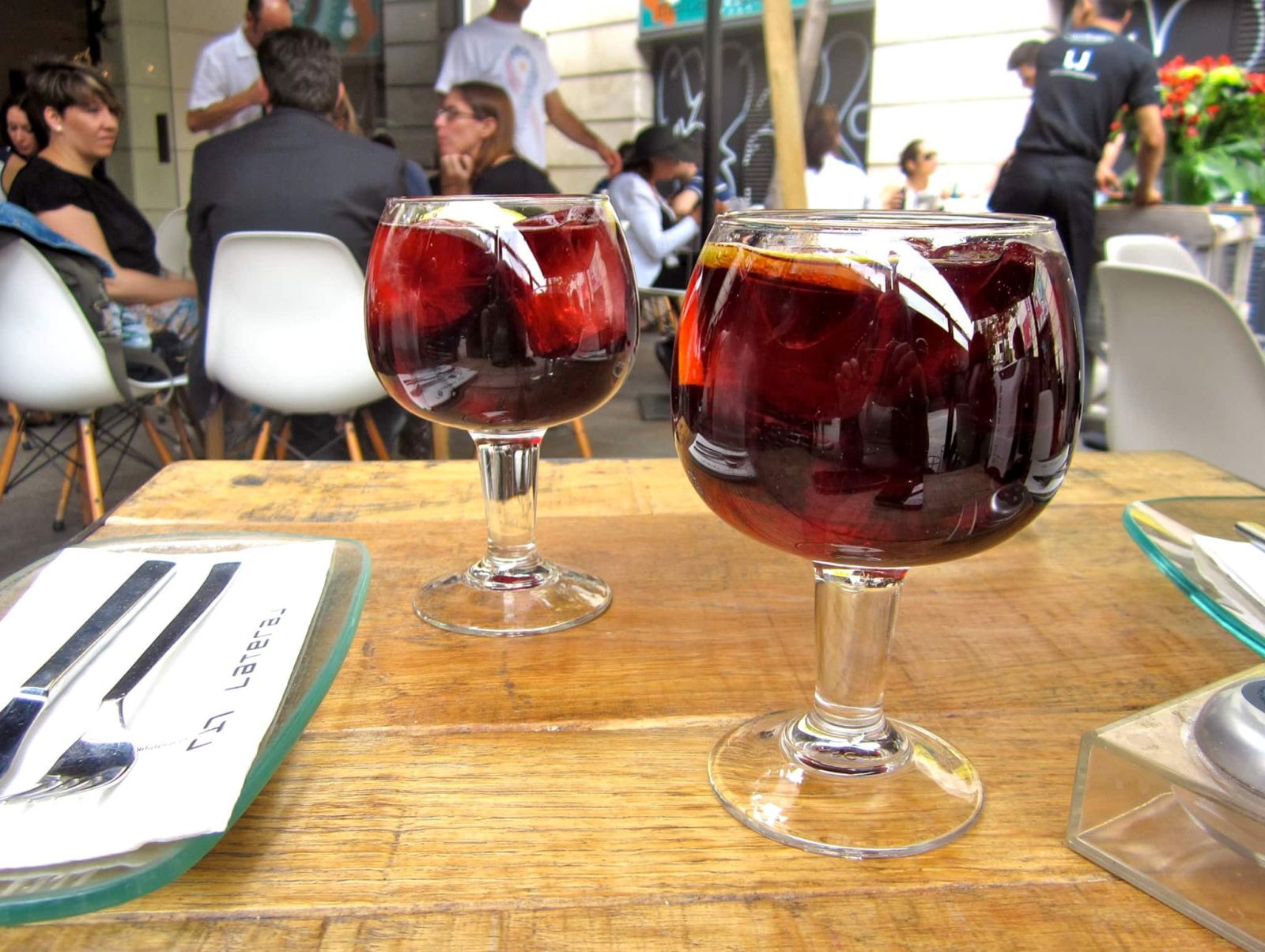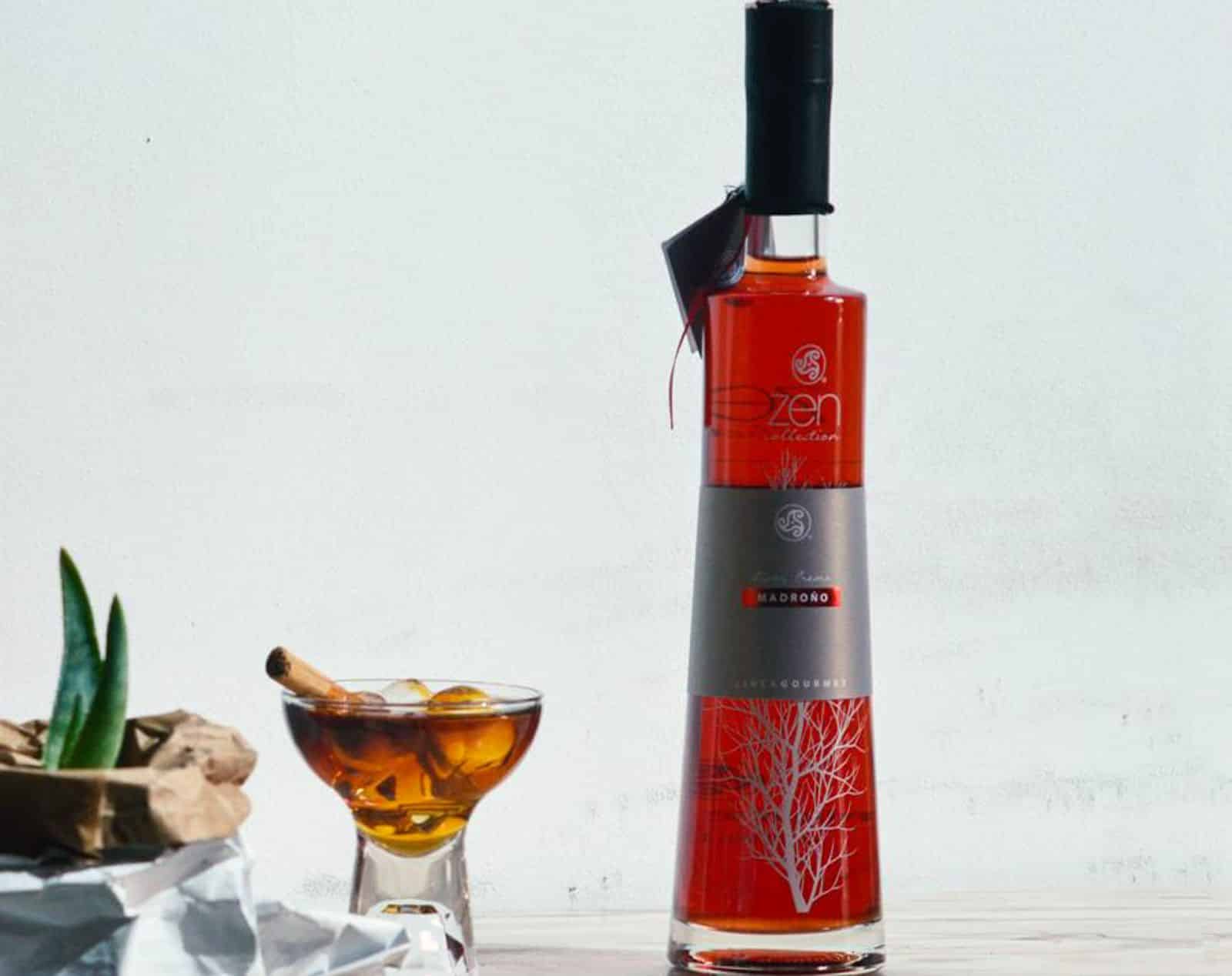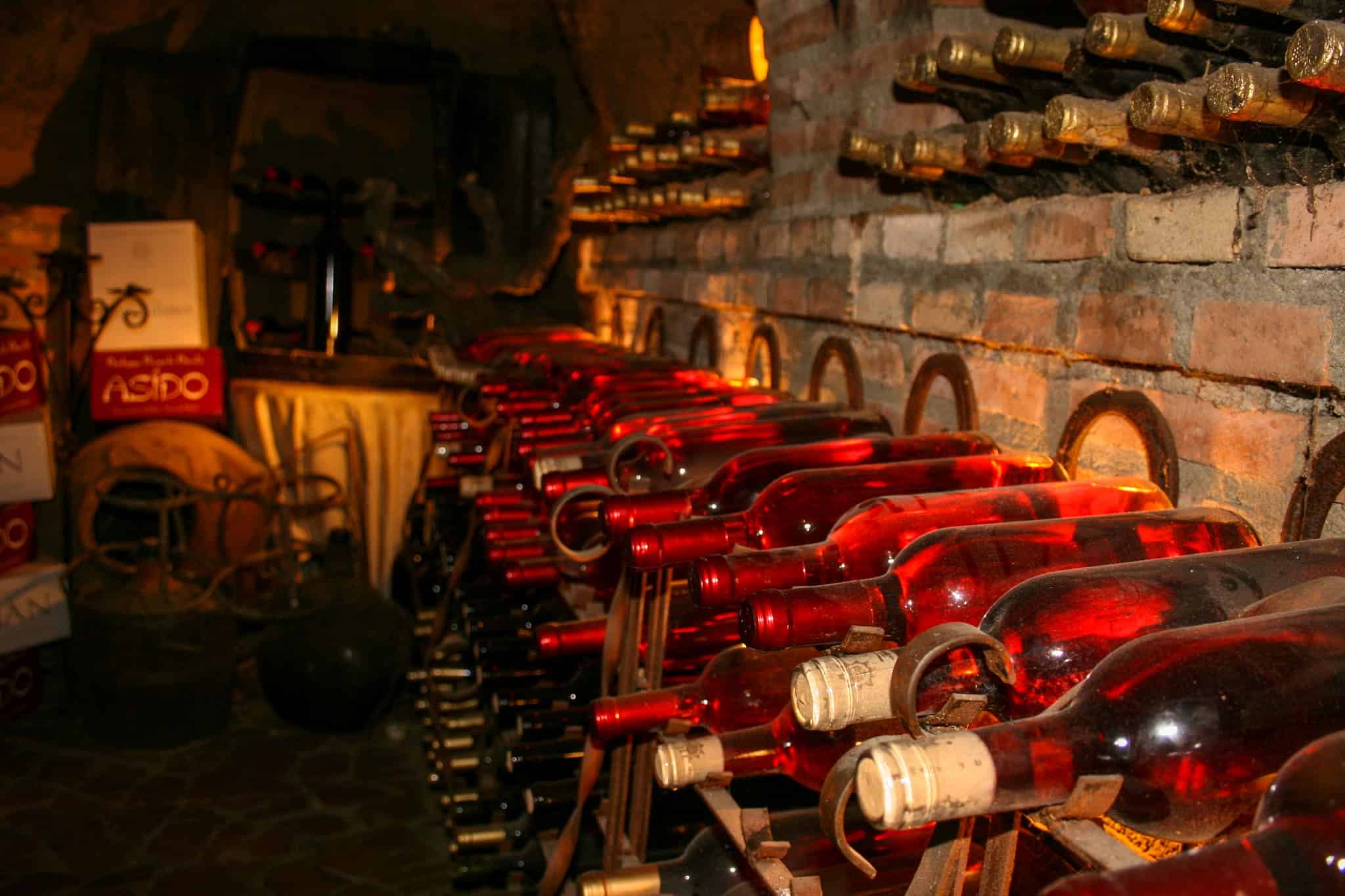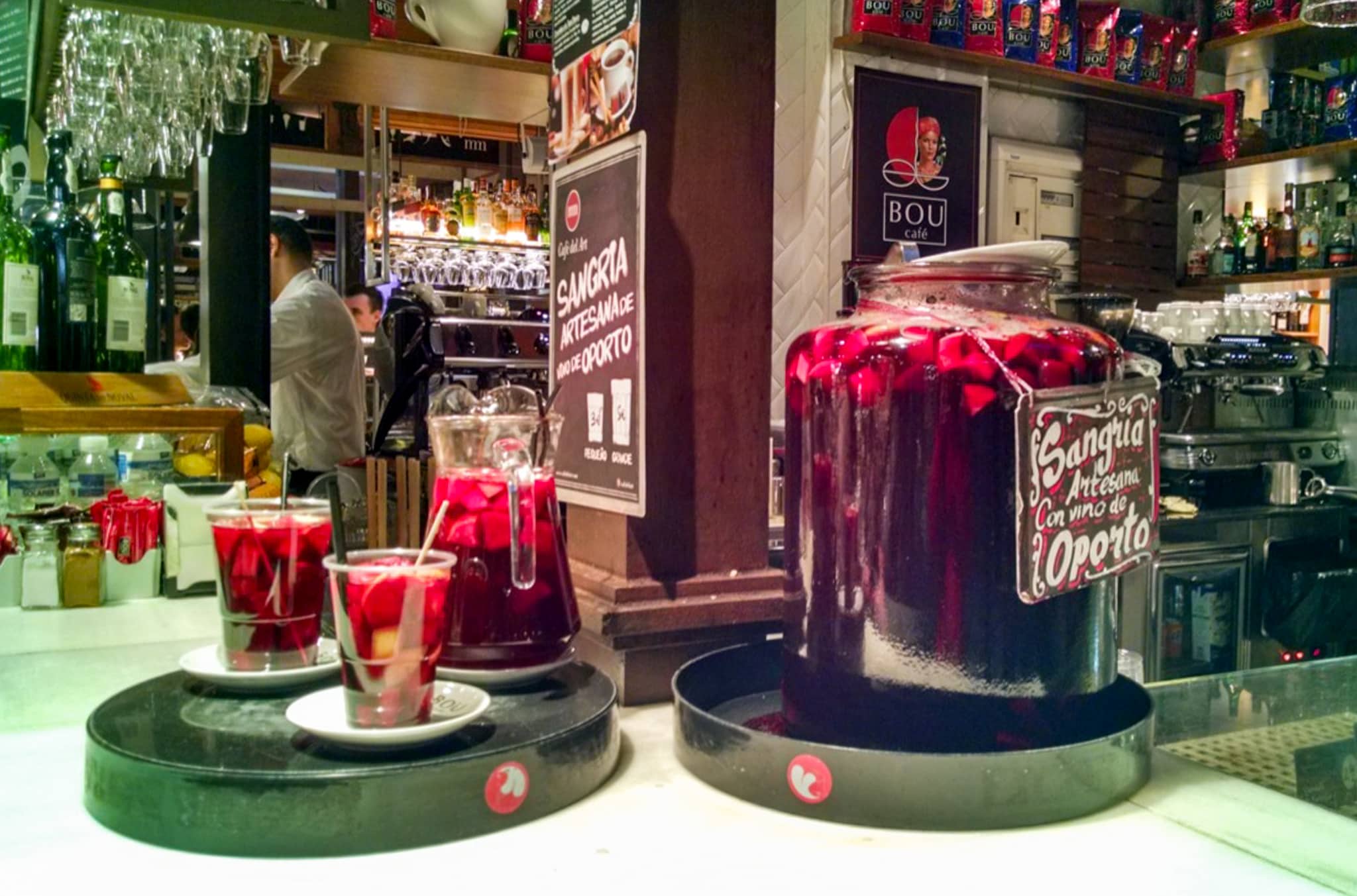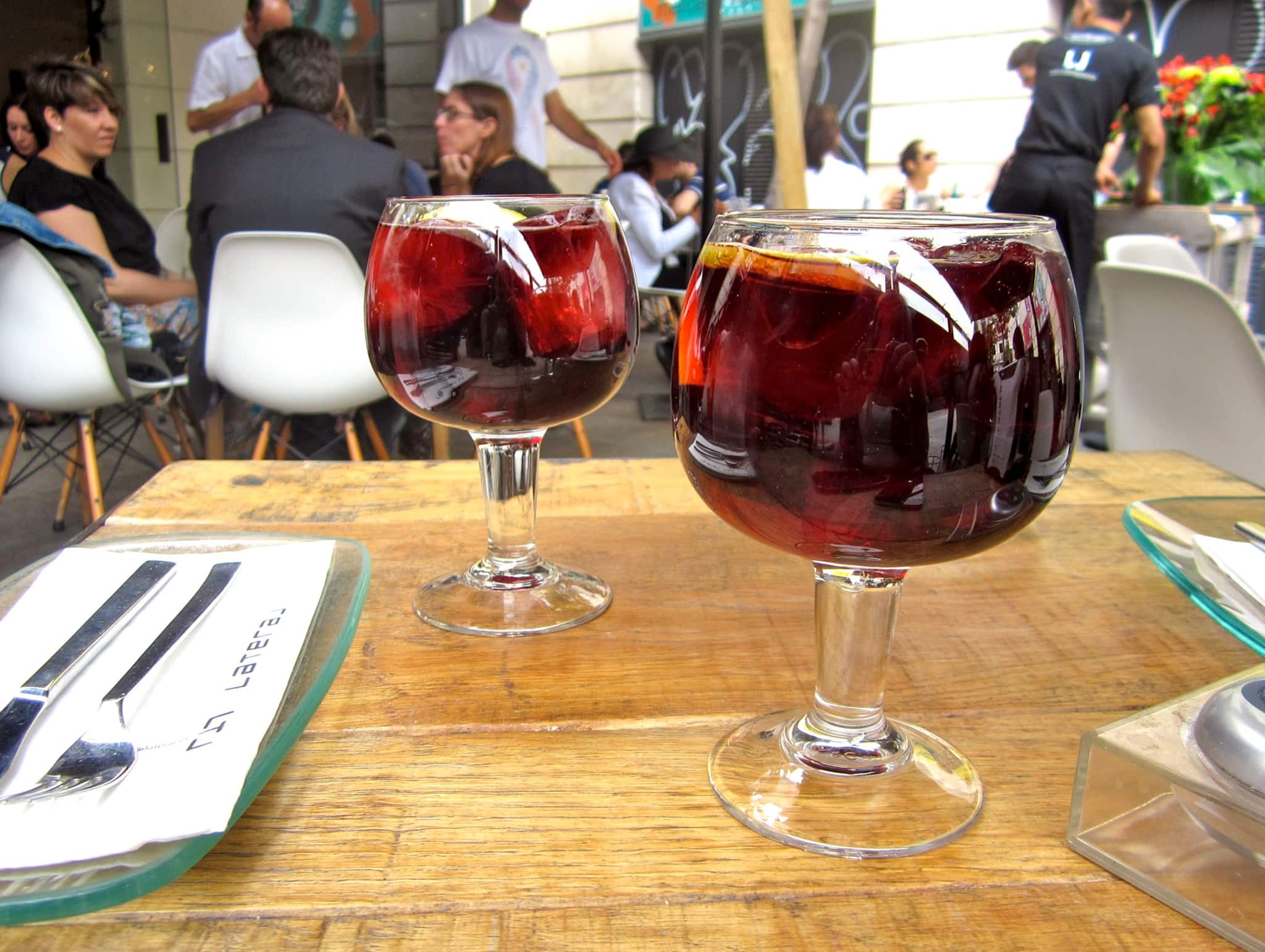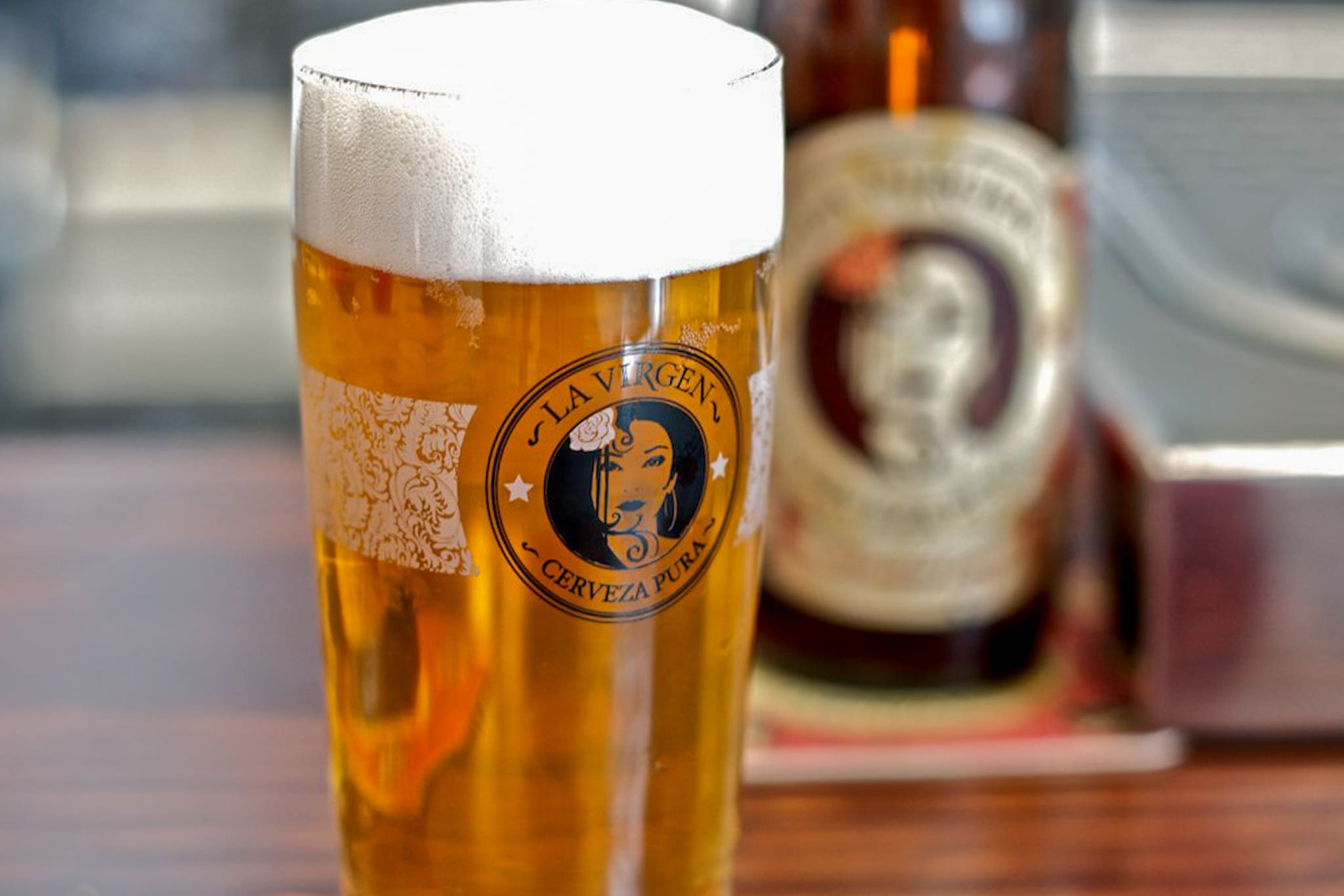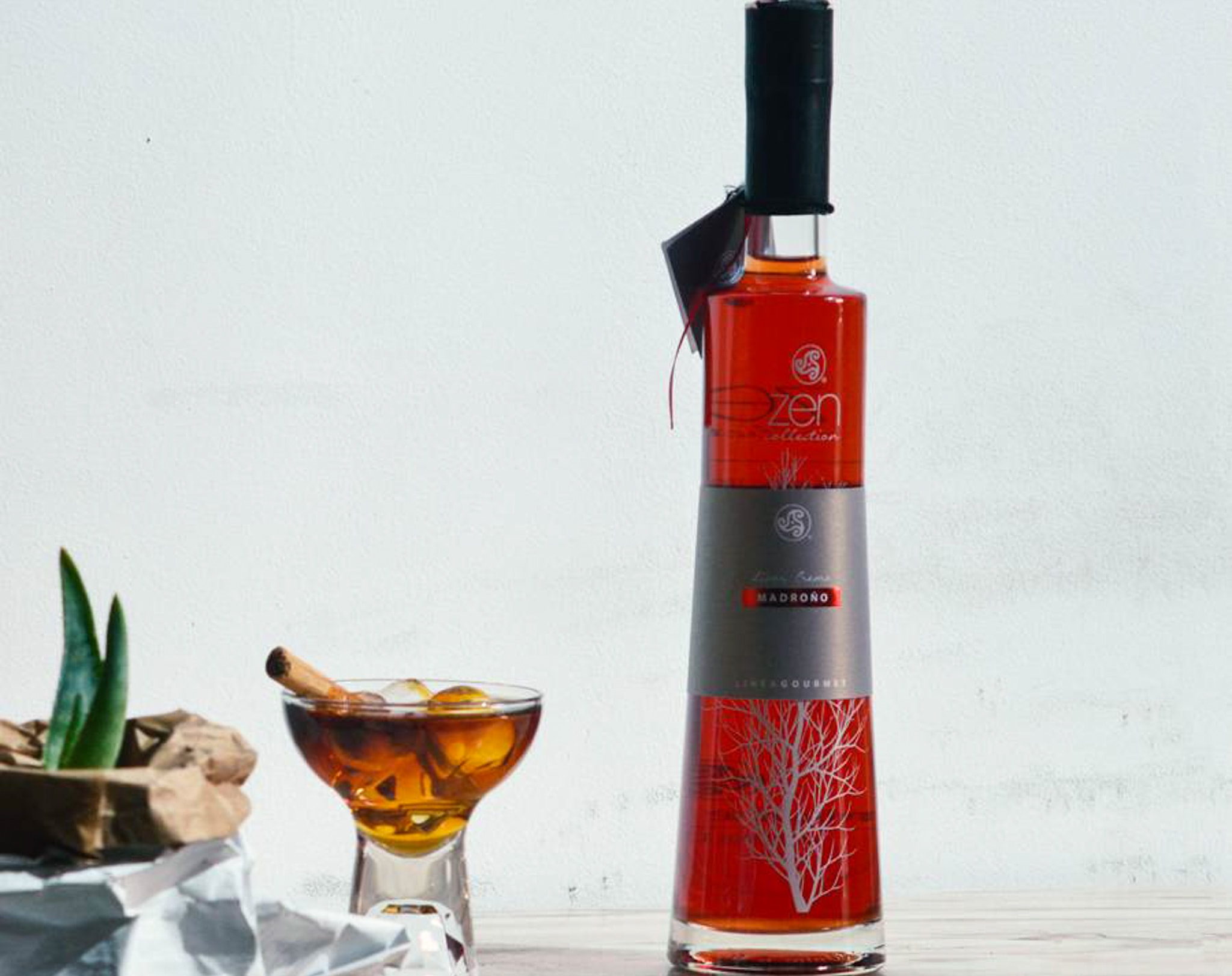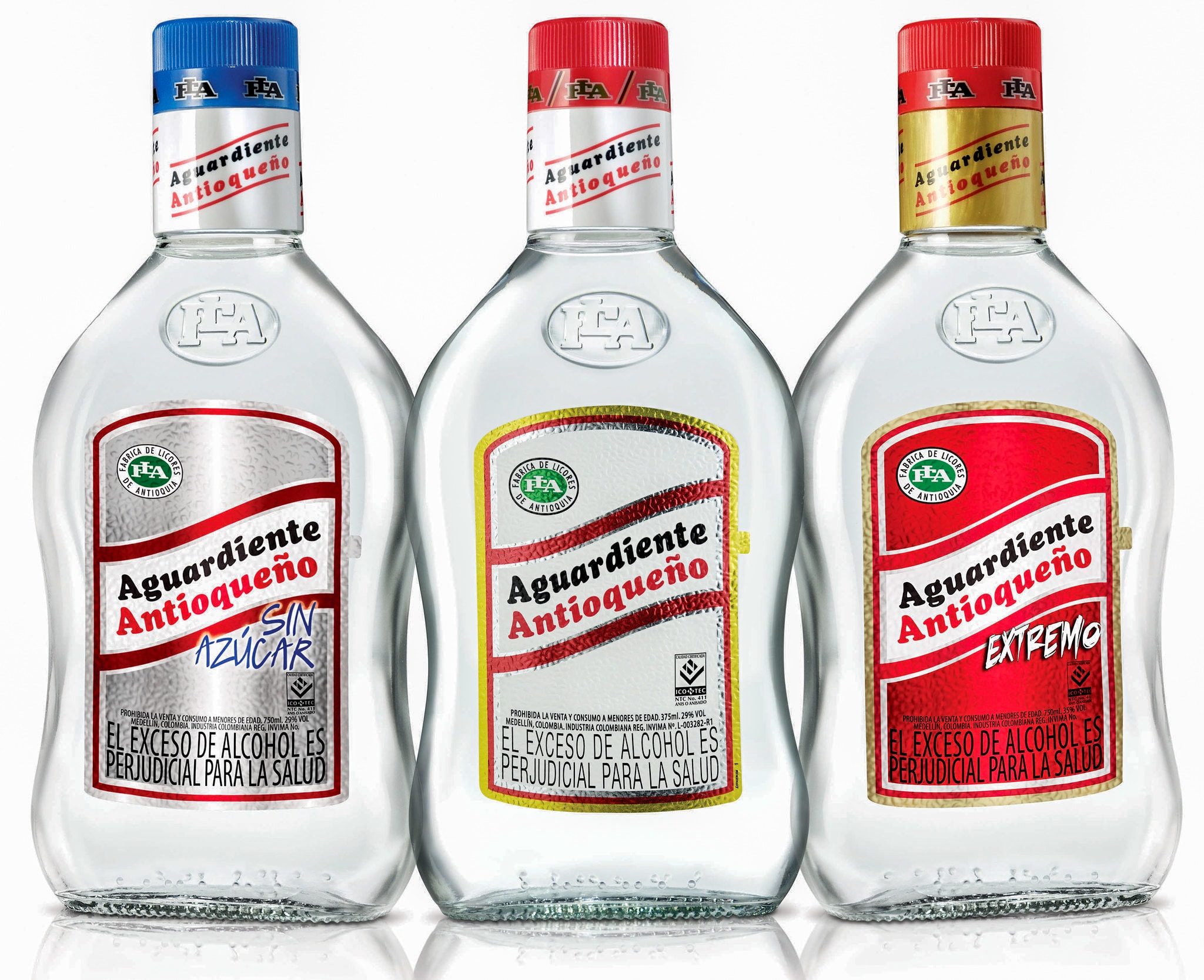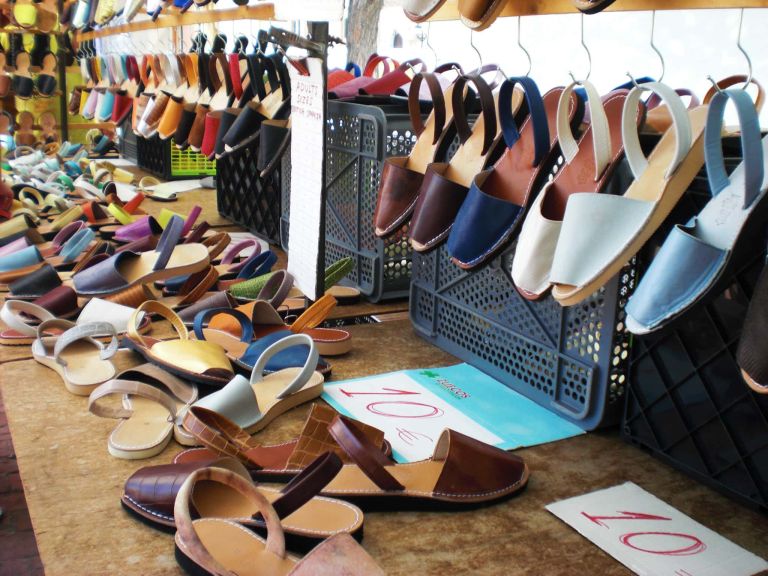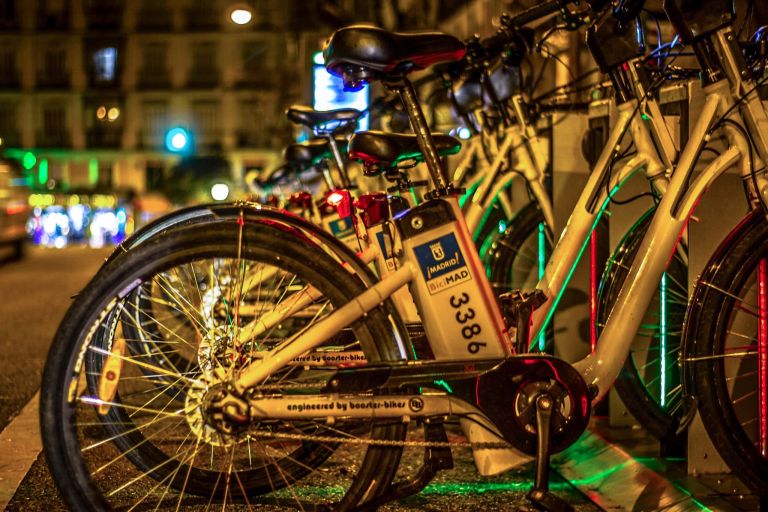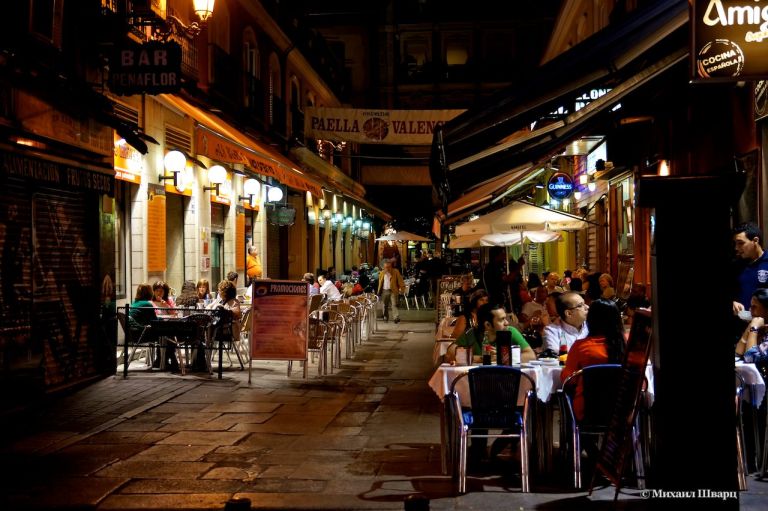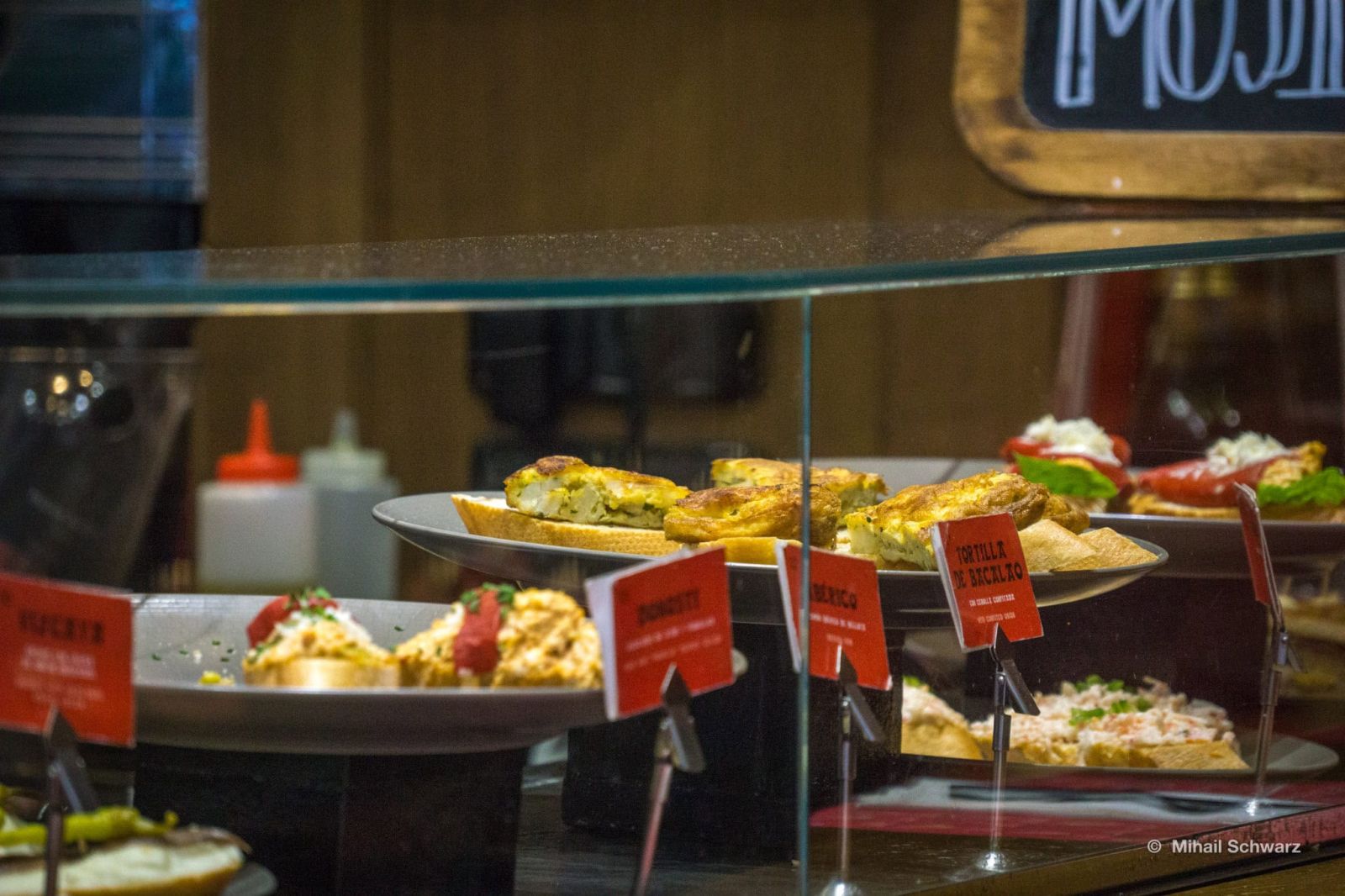
What makes Madrid’s cuisine famous and what is worth trying in Madrid is explained below. To find out in which restaurants you can try these dishes, read the article Where to Eat Deliciously and Inexpensively in Madrid.
What should you try in Madrid?
- Calamari sandwich (Bocadillo de calamares) – a sandwich with crispy fried calamari rings.
- Cocido madrileño – a hearty stew made of various types of meat, chickpeas, and vegetables.
- Tortilla (Tortilla de patatas) – a Spanish omelet, with eggs, potatoes, and onions as the essential ingredients.
- Broken eggs (Huevos rotos) – fried eggs served on potatoes fried in olive oil with ham or chorizo.
- Madrid-style tripe (Callos a la madrileña) – tripe with a specific spicy taste. The dish is made of beef or sheep tripe with the addition of chorizo, morcilla, and ham, paprika, tomato sauce, garlic, and spices.
- Madrid-style sea bream (Besugo a la madrileña), baked in breadcrumbs with parsley, garlic, olive oil, and lemon.
- Madrid-style snails (Caracoles a la madrileña), made with a base of meat broth, adding ham or sausage, onions, garlic, wine, and spices.
- Churros – traditional Spanish pastry made of choux pastry fried in deep fat.
- Tapas – light snacks.
- Gazpacho – a light cold soup made from pureed fresh tomatoes, cucumbers, peppers, garlic, white bread, and spices, with the addition of Tabasco sauce, olive oil, and lemon juice.
- Paella with seafood.
- Fabada – a thick and fatty soup made of white beans with bacon, pork ham, chorizo, paprika, and saffron.
- Suckling pig (Cochinillo asado), roasted in a wood-fired oven.
- Jamón – cured ham.
- San Isidro salad (Ensalada de San Isidro), made from lettuce leaves, eggs, olives, and canned tuna.
- Pavía soldiers (Soldaditos de Pavia). These are battered pieces of soaked salted dried cod with a ‘sash’ of red pepper. The dish recalls the Battle of Pavia in 1525.
What are the local alcoholic drinks?
- Wine. Spain’s capital has its own wine-making region D.O. Vinos de Madrid. Vineyards are located in the areas of Navalcarnero (Navalcarnero), Arganda del Rey (Arganda del Rey), San Martín de Valdeiglesias (San Martín de Valdeiglesias), and El Molar (El Molar). They make red, white, and rosé wine here. Popular red wines include Bernabeleva Carril del Rey, El Repiso Crianza, Viñas Viejas Crianza, M de Monroy, Roble, Petit Joven, Armonium, Dividivo, El Regajal, Felix Martinez, Libro Siete Las Luces, Licinia, Manu, Marañones. The best whites are considered Navaherreros Blanco, Monroy Blanco Malvar, Cantocuerdas.
- Sangria (Sangría) – a mix of red wine, fruits, spices, and ice.
- Tinto de verano (Tinto de verano) literally translates to summer wine. It is a cocktail of wine, soda, ice, and a slice of lemon or orange.
- Beer (Cerveza). At the La Virgen brewery, they brew classic beers under the names Madrid lager, Jamonera, 360, IPA, Trigo Limpio, Madrid lager sin gluten, Negra, Veraniega, and Castañas. The La Cibeles brewery’s range includes 11 types of beer, including La Cibeles. The FM brewery (Fábrica Maravillas) produces 8 types of beer, Maravillas. The company Cervezas Artesanales Lest S.L. produces German-style beer. The best types are Odin, Thor, Skadi, Freya. At the Enigma brewery, they brew natural beer using home recipes – Cervantes 400, Special Ale, Complutum, Origen.
- Clara – a mixture of beer with soda (with slightly sweetened soda water Casera (con Casera) or with lemon soda (con limón)).
- Cider (Sidra) – a low-alcohol drink obtained by fermenting apple juice.
- Sherry (Jerez) – fortified wine from white grapes with an alcohol content of 15-22%.
- Vermouth (Vermut) – fortified wine flavored with wormwood.
- Licor de madroño – served in waffle cups covered in chocolate that can be eaten as a snack.
- Chinchón (Anis de Chinchón) – anise seed-based vodkas. It can be sweet (Dulce) with 35% alcohol content, dry (Seco) with 43%, and special dry (Seco Especial) with 74%.
- Pacharán – a liqueur made from sloe berries with various spices and additives. Its alcohol content is 23 — 30%.
- Firewater (Aguardiente) — is a grape vodka with 30-59% alcohol content.
Is it customary to leave tips in Madrid?
It is customary to leave tips of up to 10% of the total bill. If the bill is small (up to €10), then round up to the nearest euro.




